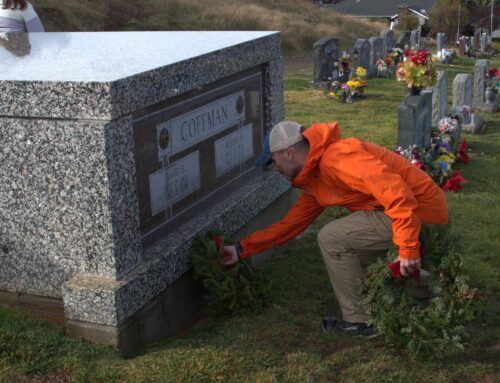Published in the December 7 – 20, 2016 issue of Morgan Hill Life
By Dr. Rodney Wong

Rodney Wong
When it comes to orthopedics, it’s a question of quality of life. For the past 28 years, I have had an orthopedic practice in Morgan Hill with the goal of getting people back to the activities, the lives, they previously enjoyed. Like many areas of surgery, orthopedics has evolved and improved, including new procedures and new technologies making advancements possible.
People may think of hip replacements as surgeries needed only by elderly people, but that has changed with new technology. With improved techniques and implants that are expected to last longer, much younger individuals now look to total hip replacement as a means of overcoming arthritis so they can return to active, pain-free lifestyles. This often includes participating in sports.
About 10 years ago, I became involved in the development of a new technique for performing total hip replacement, the Anterior Approach. Previously, hip replacements were done from the back (posterior approach) or the side. These methods required cutting through muscles to reach the hip joint, resulting in extensive rehabilitation and observation of life-long hip precautions.
The Anterior Approach for total hip replacement is a novel, less invasive, tissue-sparing alternative to traditional hip replacement surgery. It provides the potential for less pain, faster recovery and improved mobility because the muscle tissues are spared during the procedure. The technique allows the surgeon to work between the muscles and tissues without splitting, cutting or detaching them from bone. This truly minimally invasive approach requires just one four-inch incision, which is barely noticeable. In contrast, surgeries done through a posterior approach result in scars of varying length, depending on the size of the patient — some can be as long as 12 inches.
Another exciting aspect of the procedure is the precision with which the surgeon can work. Using intra-operative X-ray, every step is measured, checked and re-adjusted when necessary. This anterior approach allows “real time” visibility. We can check correct leg length, for example, while we are operating, not after the fact as in previous methods. We can make adjustments during surgery, ensuring both legs are the same length. Hips that fit better will function better and last longer.
Because less muscle is disturbed, there is far less pain with this type of surgery. Often, no post-surgery narcotics are needed. My patients are up the day of surgery and walking the following day. They are usually able to go home — not to a rehabilitation facility — within a day or two. Most are back to normal activities — including driving, gardening and most jobs — within two to three weeks. Many patients are thrilled to return to non-impact sports within a month or two.
I have been performing this procedure for more than 10 years and am very excited that I will now be able to offer this advanced technique to patients at St. Louise Regional Hospital. In order to properly perform an Anterior Approach for hip replacement, a high-tech operating table is needed. This is called a Hana orthopedic table. The unique patient positioning capabilities enable a surgeon better access to the hip area and the ability to use imaging during the procedure.
The new leadership of St. Louise, Verity Health, has demonstrated commitment in offering state of the art hip replacement by obtaining this table for the hospital. This commitment to excellence in healthcare, will now allow patients to have this procedure in the comfort of their own community.
Rodney Wong, M.D., is board-certified in both orthopedic medicine and sports medicine. He has had a private practice in Morgan Hill for the past 28 years. He wrote this column for Morgan Hill Life.






